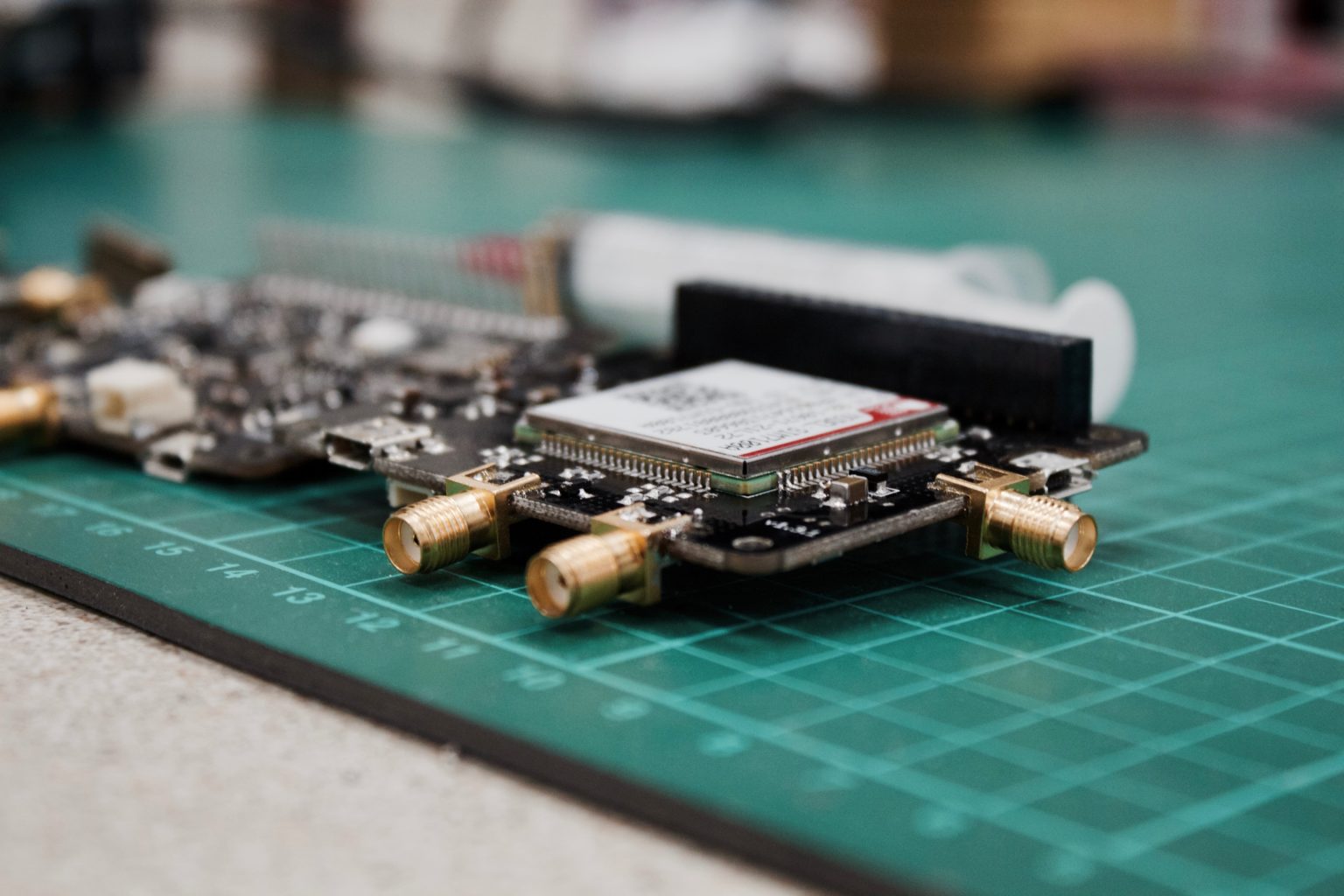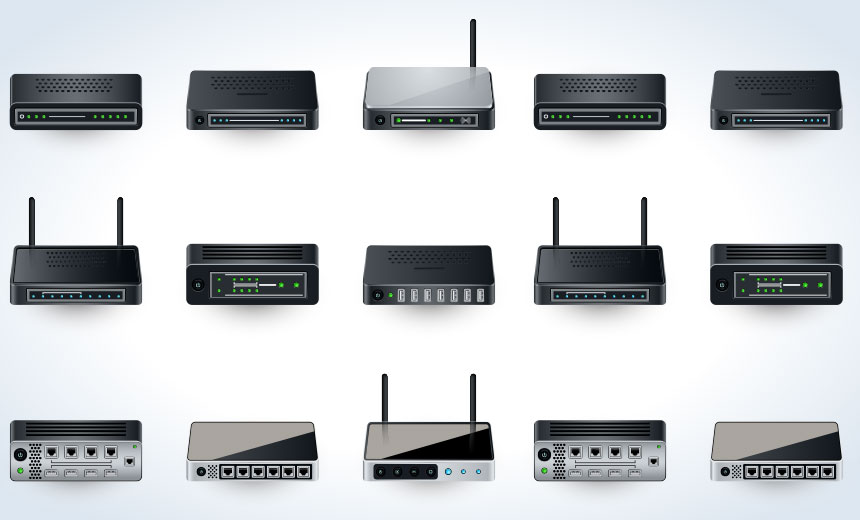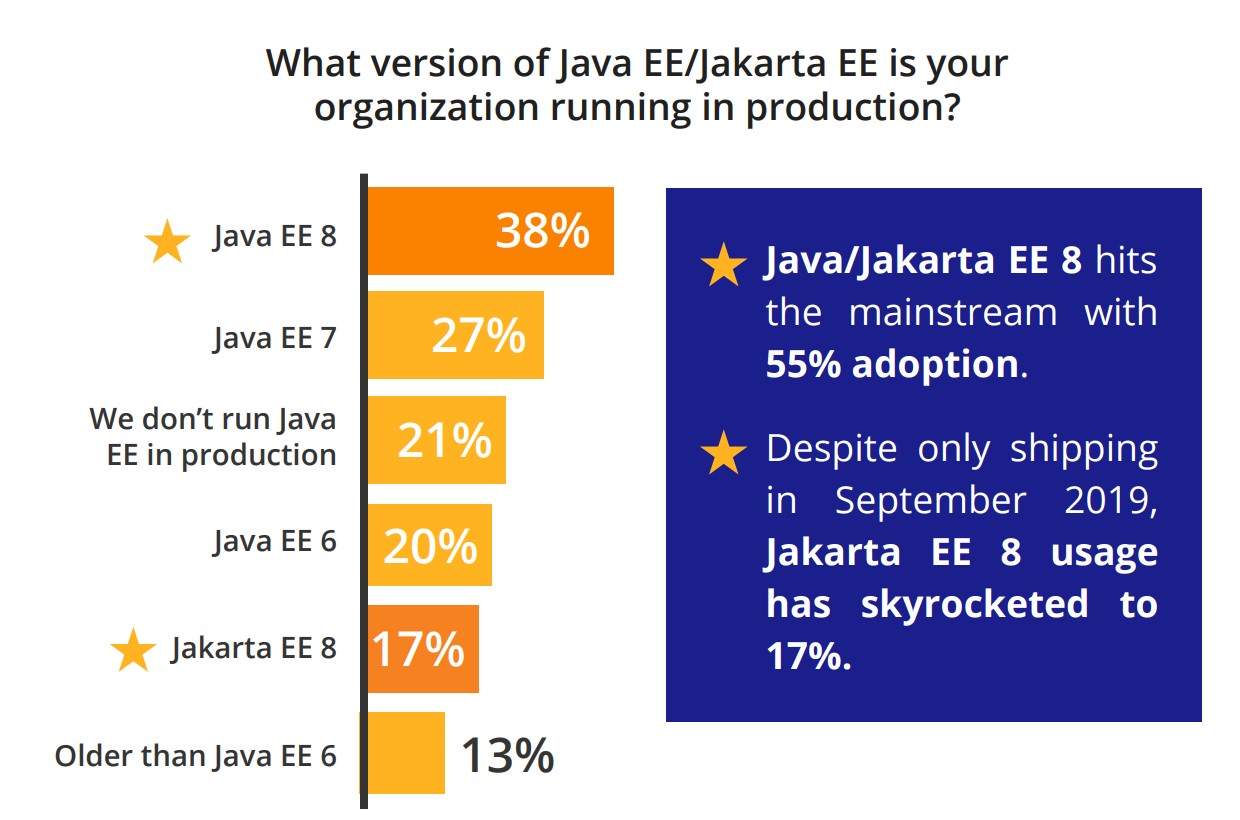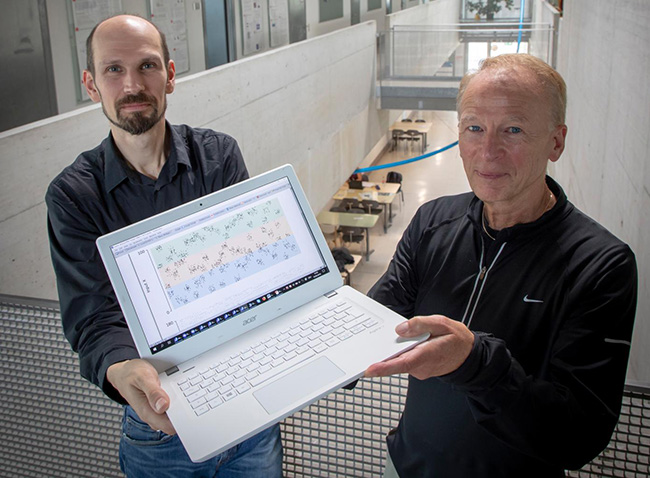5 Must-Have Skills For Remote Work

When teams work remotely, at least half of all communication is done via
writing rather than speaking. This means communicating through emails, Slack,
or texting. It even applies to using the chat function while you’re on a video
call. You need to be able to communicate clearly no matter what platform
you’re using. ... Working remotely doesn’t mean working alone. You’re still
going to be part of a team, which means working with colleagues on projects
and tasks. Without a physical space to gather, collaboration can be a bit more
challenging. Communication skills and collaboration skills go hand in hand, as
communication plays a huge role in successful collaboration. Find the right
balance of video meetings, phone calls, and messages to ensure ample but not
overwhelming communication. ... You might be working with colleagues who are
in a different time zone which impacts deadlines, when meetings can be
scheduled, and even when you can get in touch with those colleagues. If you’re
assigned to work with a new team, you might have to adapt to the way that team
works.
How to secure your project with one of the world’s top open source tools
Dynamic application security testing (DAST) is a highly effective way to find
certain types of vulnerabilities, like cross site scripting (XSS) and SQL
injection (SQLi). However many of the commercial DAST tools are expensive to
use and often only used when a project is getting ready to ship, if they are
used at all. ZAP can be integrated into a project’s CI/CD pipeline from the
start, ensuring that many common vulnerabilities are detected and can be fixed
very early on in the project lifecycle. Testing in development also means that
you can avoid the need to handle tools and features designed to make
automation difficult, like single sign-on (SSO) and web application firewalls
(WAFs). ... For web applications, or any projects that provide a web based
interface, you can use ZAP or another DAST tool. But don’t forget to use
static application security testing (SAST) tools as well. These are
particularly useful if they are introduced when starting a project. If SAST
tools are used against more mature projects then they often flag a large
number of potential issues, which makes it difficult to focus on the most
critical ones.
Using the Attack Cycle to Up Your Security Game
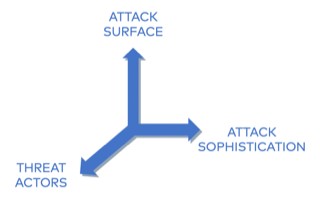
Attack sophistication is directly proportional to the goals of the attackers
and the defensive posture of the target. A ransomware ring will target the
least-well-defended and the most likely to pay (ironically, cyber insurance
can create a perverse incentive in some situations.) because there is an
opportunity cost and return on investment calculation for every attack. A
nation-state actor seeking breakthrough biotech intellectual property will be
patient and well-capitalized, developing new zero-day exploits as they launch
a concerted effort to penetrate a network's secrets. One of the most
famous of these attacks, Stuxnet, exploited vulnerabilities in SCADA systems
to cripple Iran's nuclear program. The attack was thought to have penetrated
the air gap network via infected USB thumb drives. As awareness of these
complex, multi-stage attacks has risen, startups have increased innovation -
such as the behavior analytics space where complex machine-learning algorithms
determine "normal" behaviors and look for that one bad actor. Threat actors
are the individuals and organizations engaged in the actual attack. In the
broadest sense of the term, they are not always malicious.
The FI and fintech opportunity with open banking

What’s different now is that over the last two or three years the industry has
come together to collaborate on evolving the ecosystem. One example is the
formation of an industry group called the Financial Data Exchange. As a
result, financial institutions, financial data aggregators, and related
parties are developing standards for access, authentication, and transparency
that will provide end-to-end governance to keep the ecosystem safe and fair,
and consumer data secure. ... “Banks are looking for technology innovation to
address both back office challenges, get faster and leaner, reduce costs, but
also to increase engagement with their customers,” Costello says. “Certainly
at times like this we see how important digital engagement is.” As some FIs
are closing branches to reduce costs, digital engagement becomes essential.
And if it’s done right, it works. And the opportunity for innovation abounds.
The better multi-factor authentication and authorization that comes with open
banking means that the bank has a higher degree of confidence that the person
with whom they’re engaging is the account holder. Now that they have a higher
degree of trust, they can offer a higher degree of engagement.
Reduced cost, responsive apps from micro front-end architecture

Early micro front-end projects have focused on how to provide better
separation of logic and UI elements into smaller, more dynamic components. But
modern micro front ends have moved far beyond the idea of loose coupling code
to full scale Kubernetes-based deployment. There's even been a recent trend of
micro front ends containerized as microservices and delivered directly to the
client. For example, the H2 app by Glofox recently adopted this approach to
implement a PaaS for health and fitness apps, which gyms and health clubs then
customize and provide to clients. The app uses the edgeSDK from Mimik
Technology Inc., to manage the containerized micro front-end microservices
deployment to run natively across iOS, Android and Windows devices. In
addition, a micro front-end deployment reduces the server load. It only
consumes client-side resources, which improves response times in apps
vulnerable to latency issues. Users once had to connect to databases or remote
servers for most functions, but a micro front end greatly reduces that
dependency.
8 Tips for Crafting Ransomware Defenses and Responses
For any attack that involves ransomware, the fallout can be much more
extensive than simply dealing with the malware. And organizations that don't
quickly see the big picture will struggle to recover as quickly and
cost-effectively as they might otherwise be able to do (see: Ransomware +
Exfiltration + Leaks = Data Breach). That's why understanding not just what
ransomware attackers did inside a network, but what they might still be
capable of doing - inside the network, as well as by leaking - is an essential
part of any incident response plan, security experts say. So too is
identifying how intruders got in - or might still get in - and ensure those
weaknesses cannot be exploited again, says Alan Brill, senior managing
director in Kroll's cyber risk practice. "If you don't lock it down, it's very
simple: You're still vulnerable," he tells Information Security Media Group.
"If you lock down what you thought was the issue but you were wrong - it
wasn't the issue - that they weren't just putting ransomware in your system
but they've been in there for a month examining your system, exfiltrating data
and lining up how to do the most damage when they launched the ransomware, you
may not even know what happened."
We've forgotten the most important thing about AI. It's time to remember it again

Leufer has just put the final touches to a new project to debunk common AI
myths, which he has been working on since he received his Mozilla fellowship –
an award designed for web activists and technology policy experts. And one of
the most pervasive of those myths is that AI systems can and act of their own
accord, without supervision from humans. It certainly doesn't help that
artificial intelligence is often associated with humanoid robots, suggesting
that the technology can match human brains. An AI system deployed, say, to
automate insurance claims, is very unlikely to come in the form of a
human-looking robot, and yet that is often the portrayal that is made of the
technology, regardless of its application. Leufer calls those
"inappropriate robots", often shown carrying out human tasks that would never
be necessary for an automaton. Among the most common offenders feature robots
typing on keyboards and robots wearing headphones or using laptops. The powers
we ascribe to AI as a result even have legal ramifications: there is an
ongoing debate about whether an AI system should own intellectual property, or
whether automatons should be granted citizenship.
Scaling Distributed Teams by Drawing Parallels from Distributed Systems
The biggest bottleneck for any distributed team is decision-making. Similar to distributed systems, if we apply “deliver accountability and receive autonomy,” the bottleneck is removed eventually. For this to happen, there should be a lot of transparency and information sharing. So the teams and individuals are enabled to make decisions independently. Clarity is harder with a distributed team. Distributed systems send heartbeats very frequently and detailed reports at a lesser frequency. Communication is the key. Distributed standups are a better way of determining progress. Apart from that, move one-to-one conversations and decision-making to a common channel. We tried a concept called the end of the day update. Everyone posts their progress at the end of their day (considering different time zones). We believe it gives a better view of what each person is working on and the overall progress, even before they come to standups. At EverestEngineering, the coaches are responsible for improving the health of the channel. A healthy distributed team has a lot of discussions on slack channels and quick calls. You can see a lot of decisions made in the channel. There are enough reactions and threads for a question.How to build a quantum workforce

The growth means companies are looking to hire applicants for quantum
computing jobs and that the country needs to build a quantum workforce.
Efforts are underway; earlier this month, more than 5,000 students around the
world applied to IBM's Qiskit Global Summer School for future quantum software
developers. And the National Science Foundation and White House Office of
Science and Technology Policy held a workshop in March designed to identify
essential concepts to help students engage with quantum information science
(QIS). But industry experts speaking on the topic during an IBM virtual
roundtable Wednesday said K-12 students are not being prepared to go to
schools with the requisite curriculum to work in this industry. Academia and
industry must work in tandem to engage the broadest number of students to get
them prepared to do these kinds of jobs that will be needed in the future,
said Jeffrey Hammond, vice president and principal analyst at Forrester
Research, who moderated the discussion. It was only four years ago that
quantum computing became available in the cloud, giving more people access,
noted panelist Abe Asfaw, global lead of quantum education at IBM Quantum.
A Developer-Centric Approach to Modern Edge Data Management
A substantial majority of embedded developers in the IoT and complex
instrumentation space use C, C++, or C# to handle data processing and local
analytics. That’s in part because of how easy it is to handle direct I/O for
devices and internal systems components as well as more complex
digitally-enhanced machinery through some variations of inp() and outp()
statements. It’s also easy to manipulate collected data using familiar file
system statements such as fopen(), fclose(), fread(), and fwrite(). This is the
path of least resistance. Almost anyone who takes a programming class (or just
takes the time to learn how) can use these statements to interact with data at
the file system level. The problem is that file systems are very simple. They
don’t do much by themselves. When it comes down to document and record
management, indexing, sorting, creating and managing tables, and so on, there’s
only one operative statement: DoItYourself(). And we’re not even talking about
rare or rocket science-level activities, here. These are everyday activities
that that you’d find in any database system. Wait! It’s the D-word! May as well
be the increment of the ASCII character pointer by two to the … you know what
word.
Quote for the day:



